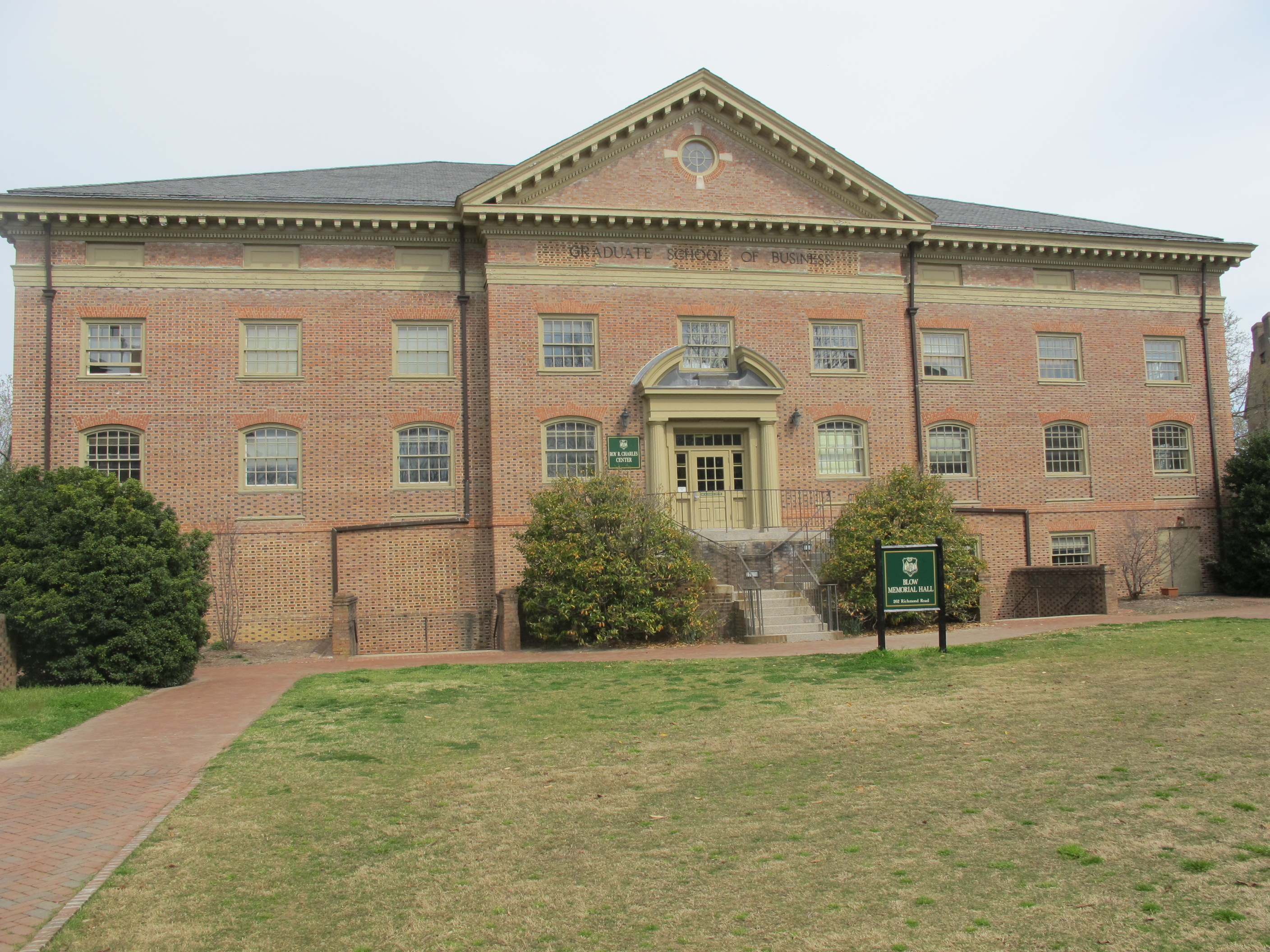With an increased demand from students at the College of William and Mary for improved and more inclusive mental health services, the College is trying to employ a full-time psychiatrist at the Student Health Center.
Currently, a part-time psychiatrist spends seven hours a week on campus, Student Health Center director Dr. Virginia Wells said. Although Wells declined to release the psychiatrist’s name due to his position as a contracted physician, she said when he is on campus, his appointments are consistently booked, indicating a need for greater availability.
“I have been at the College for 10 years and I am uniquely positioned to see the increasing numbers of students coming to school with mental health diagnoses and requiring psychiatric care,” Wells said in an email. “There is a level of urgency to employ a full time psychiatrist as the community is unable to meet the needs of our students.”
Aaron Buncher ’15, Student Assembly undersecretary of neurodiversity, is working closely with Associate Vice President for Health and Wellness R. Kelly Crace and a fraternity brother to bring a full-time psychiatrist to work at the College.
Buncher said it is essential to have a psychiatrist in close proximity while at school because certain prescriptions cannot be called in over the phone and making an appointment with an off-campus psychiatrist can take too long. He related this necessity to his own prescription experiences.
“I’m on a pill that they only make in two-and-a-half or one-milligram dosages, but you can’t cut the two-and-a-half-milligram,” Buncher said. “It crumbles. The pill can’t be cut. So that means I have to get a new prescription every time I need a different dosage of the pill. … Say a student has bipolar [disorder] or schizophrenia and needs an antipsychotic to keep them functioning in school. [It] can be tricky trying to get hold of a local physician because sometimes that can take up to three months to get an appointment with a psychiatrist.”
While some find the need for a College psychiatrist urgent, supply has not risen to meet demand. Crace said the College is facing numerous obstacles in acquiring a full-time psychiatrist.
“All community mental health agencies are experiencing a state-wide shortage of available psychiatric services,” Crace said in an email. “Accordingly, current psychiatrists in the community are experiencing a dramatic increase in demand for their services and are feeling stretched beyond their capacity … Because of the high demand for psychiatric services state- and nation-wide, psychiatrists can be very selective with the professional opportunities that come their way.”
As with many issues facing the College, Crace said the problem boils down to money. A psychiatrist is a type of medical doctor, and the College lacks the resources to bring one on full-time. With so many other options available, psychiatrists have little incentive to accept lower pay and fewer hours.
The exception, Crace said, is the generation of younger psychiatrists who have begun to take an interest in college health. Buncher said he and Crace are looking at the emerging class of psychiatrists fresh out of graduate school. Since a doctor just out of school typically earns a lower salary than a more experienced doctor, these new psychiatrists may be a happy medium between quality and cost for the College.
“The specialized area of college mental health is becoming a high area of interest for the new generation of psychiatrists,” Crace said. “At places like U.Va. and Duke, where there are on-campus hospitals with psychiatric services, there are psychiatric rotations at the college counseling centers and health centers. More residents are leaving these rotations with a growing interest in working with young adults.”
In the meantime, Buncher said the Health and Wellness department at the College recently launched a new Health and Wellness website that pools resources for all health-related issues. The website is divided into the four health and wellness departments — Campus Recreation, the Counseling Center, Health Promotion and the Student Health Center — and lists eight “dimensions” of health that go beyond the usual physical/mental breakdown to include environmental, financial, intellectual, occupational, spiritual and social health.
“This, in my opinion, is the campus showing they’re trying to make a difference,” Buncher said.
He does not lay all responsibility for increasing health services on the administration, however. He also called on donors to rethink where they allocate their money.
“I would like to see donors donating to this aspect [health and wellness] rather than things like football, or even things like Swem,” Buncher said. “I’d rather see money going toward this, because as great as academic things are and everything, if you’re not happy you’re not going to do well.”

